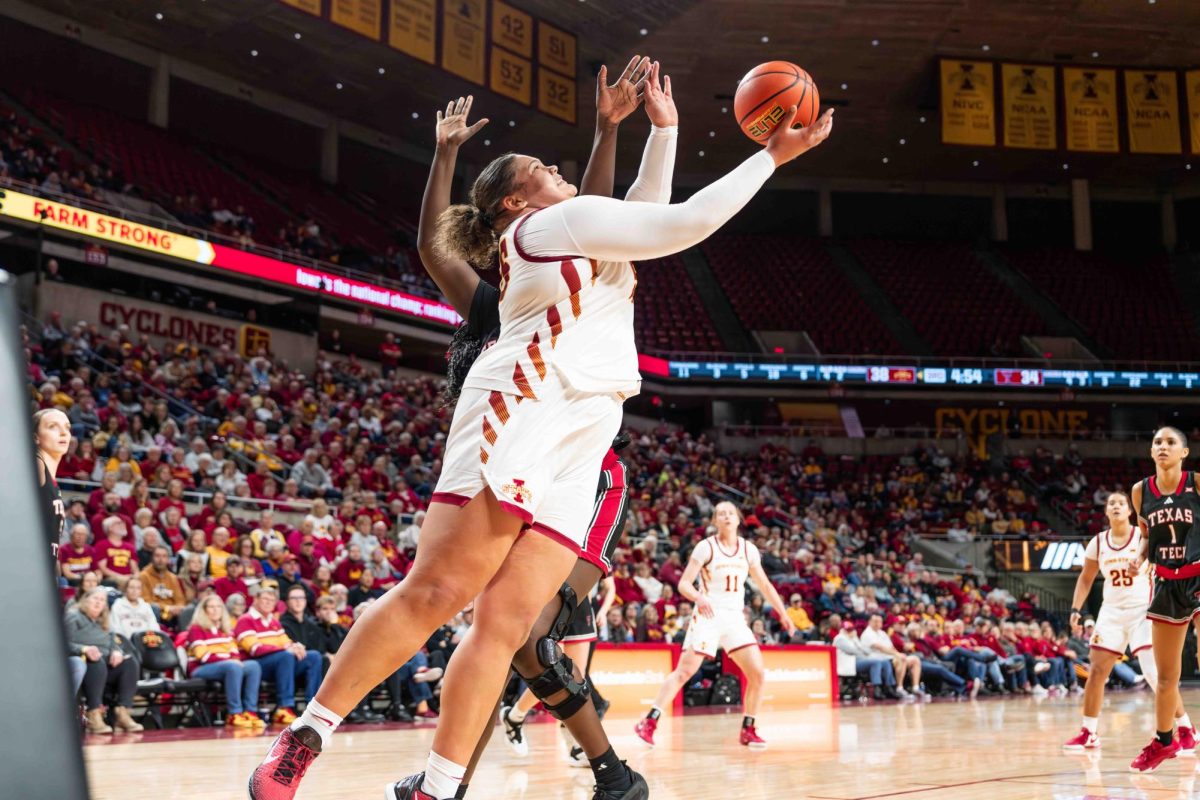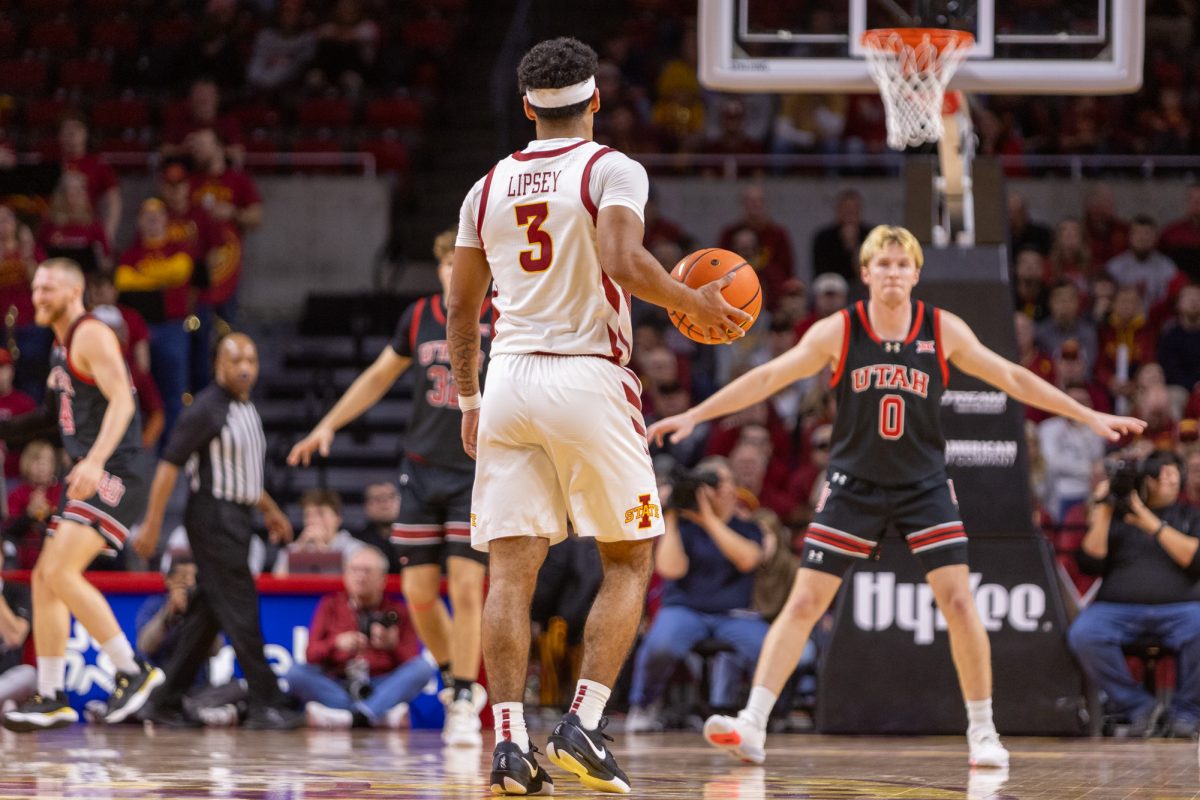Unemployment rates rise, high-quality jobs scarce
October 2, 2007
Employment rates in Iowa are falling slowly, but workers in the state shouldn’t fear a recession.
Despite jobless rates rising steadily over the past several months to a current low of about 3.9 percent, the state is ahead of the current national unemployment rate, which the National Bureau of Labor Statistics puts at 4.6 percent.
The Iowa Policy Project, a nonprofit research and analysis organization based out of Mount Vernon that monitors Iowa’s economy, has performed a detailed analysis of Iowa’s jobs, comparing today’s unemployment rates to rates during recessions in the 1990s and in 2001.
“What we look at is something that isn’t measured by the unemployment rate,” said Michael Owen, assistant director of the Iowa Policy Project.
Owen said in the years since the recession, Iowa has actually gained jobs. The difference is that the jobs that have been added are not as good as the ones that were lost during the periods of recession.
“The job quality isn’t on par with the jobs we’re losing,” Owen said.
In declining sectors, about two-thirds of lost jobs provided health care coverage.
Among the job sectors that are currently gaining employees in Iowa, only about 53 percent include coverage.
“If you compare that to the kind of growth we were seeing in the ’90s, it’s well below that,” Owen said.
Owen cited the numbers as evidence that Iowa needs to make some reforms in order to boost its economy.
“It shows that the pace we’re setting in Iowa is not as strong,” he said.
Owen felt there wasn’t an exact reason that could be pinpointed to explain Iowa’s decrease in high-quality jobs.
“There are lots of factors in the general economy that could cause this,” he said.
Kerry Koonce, spokeswoman for Iowa Workforce Development, agreed that the current rise in unemployment cannot be easily explained.
“We’re watching the economic indicators across the board,” she said. “We’re not particularly worried about a recession at this time.”
Koonce said the lower numbers of jobs providing good pay and benefits can be attributed to situations like the closing of the Maytag plant in Newton, where long-term, high-paid employees lost their jobs and had to seek employment in lower-paying sectors.
She also cited month-to-month fluctuations such as students leaving summer jobs as an explanation for the current unemployment figures.
Daniel Otto, professor of economics, said another reason for the decline of jobs can also be traced to trends in Iowa’s population.
“It’s consistent with the slow population growth that we’ve been seeing,” he said.
Otto indicated that population and employment rates are interdependent, and that jobs in places such as Minneapolis, Kansas City and Chicago tend to lure Iowa workers away.
“That’s just how the job market works in Iowa,” he said.
“If people are hunting for jobs, they might feel that there are more opportunities in more urbanized areas.”
Keeping those workers in Iowa could contribute to the improving of Iowa’s economy because of a demand for better jobs.
“If you have more jobs, you will attract people to them,” Otto said.
The latest information on jobless rates in Iowa holds some significance for college students who are seeking employment upon graduation.
“I think this does have a big bearing on what college students should be looking for,” Owen said.
Some areas that have suffered losses are nursing and elementary and secondary education.
“That tells you that these are positions that college students are preparing to enter, and we are certainly not being competitive,” Owen said.
Despite the situation, Carolyn Ersland, program coordinator for student services in the College of Human Sciences, said students preparing to graduate in affected fields shouldn’t be too alarmed, but should take measures to improve their chances at landing a good job.
“Across the board, there are jobs out there,” she said.
One thing students can do to improve their chances of getting a job after graduating is to look outside of their preferred geographical destinations in the state.
“There are fabulous jobs, perhaps in other areas of the state,” she said.
For now, unemployed Iowans should stay positive about their chances of finding a job.
“They should still look for a very optimistic forecast out there,” Koonce said.






